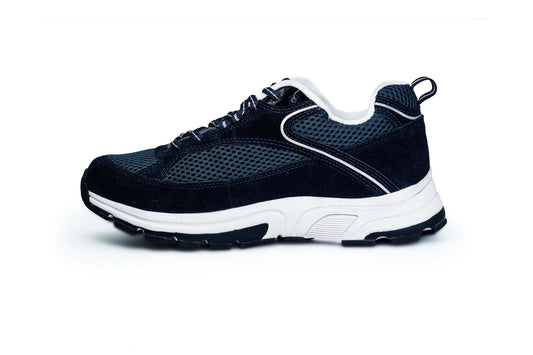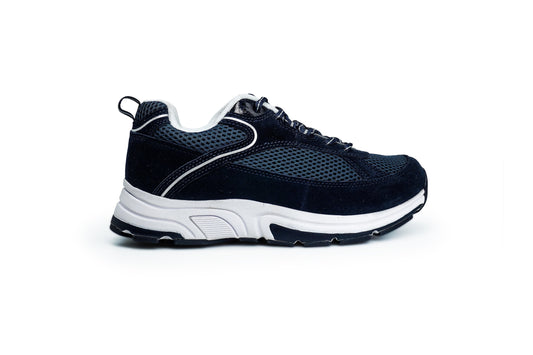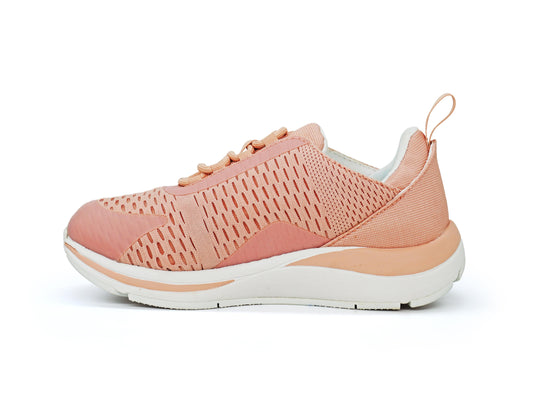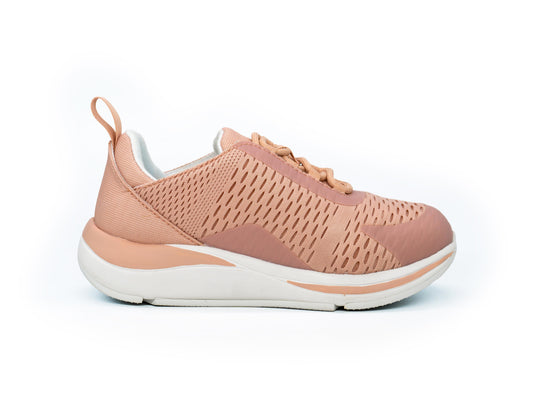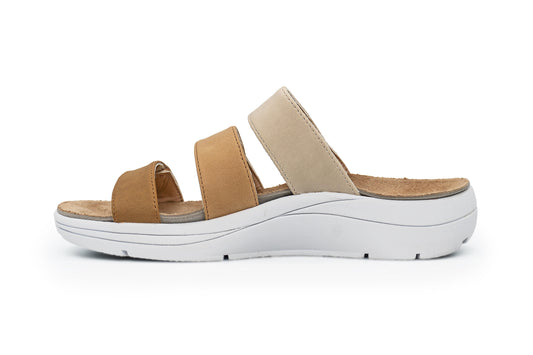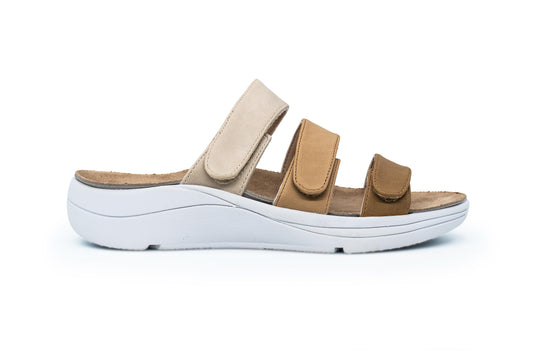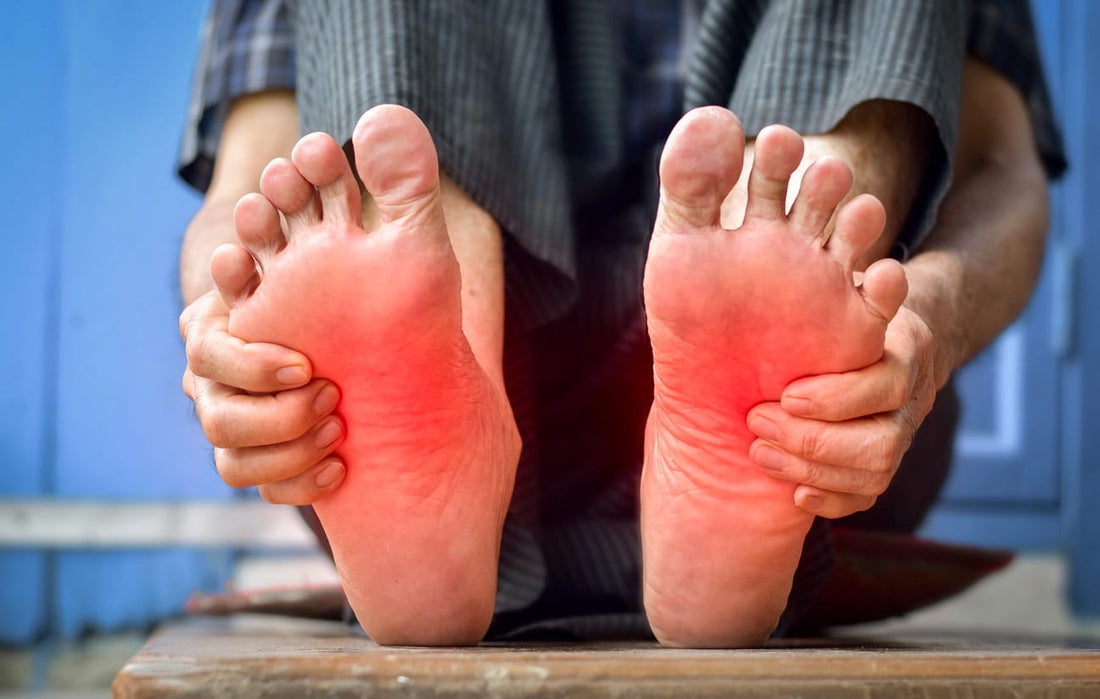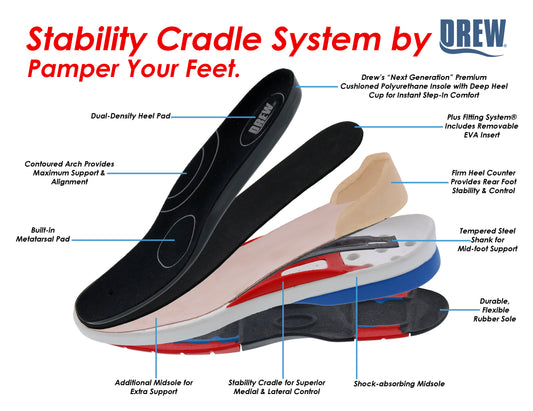HOW AGING AFFECTS FOOT HEALTH - TIPS FOR SENIORS
It would be a bummer to insinuate that you do not know that our body changes as we age. With each passing cycle of twelve months, our body starts deteriorating after experiencing functionalities at its highest. Our organs and organ systems slowly show the graph of regression which ultimately affects our physiology. The density of our bones starts decreasing despite timely dosage of calcium tablets, the circulation of blood also reduces, and many other changes take place in our body which must be taken proper care of to avoid any mishappening. Our feet are also not dealt with leniently and witness some of the major changes. With reduced bone density and blood flow, it becomes difficult for our legs, ankles, and feet to bear the load of our body weight no matter how skinny we are. Here are some of the major changes that our feet pass as we stand on the threshold of being “old”.
A) Loss of arch of the feet
One of the most significant alterations in foot health due to age is the loss of the natural arch. It happens because, with time, the ligaments and tendons of the feet lose their elasticity and therefore cause the arch to become flattened. This is commonly referred to as fallen arches or flat feet. It may result in aching, instability, and pain in the feet, knees, and lower back.
The flattening of the arch also impacts how the weight is spread over the foot, and that weight in some areas becomes even heavier, like heels and the balls of the feet. This could easily bring discomfort and, subsequently, contribute to other diseases like plantar fasciitis-inflammation of tissue found at the bottom of the foot-and metatarsalgia, or pain at the ball of the foot.
B) Changes in skin and nails
As we age, the skin on our feet becomes thinner, drier, and less elastic. This predisposes it to cracks, blisters, and infections. Furthermore, the natural shock absorbers of the soles, which are the fat pads, thin out with age, and this leads to less cushioning and discomfort when one has to stand or walk for long hours.
Toenails also change with age. They can become thicker, brittle, or develop fungal infections. Aging skin loses its rapid healing capacity, and this increases the risk of infections from foot wounds.
The best way is to keep the foot and toenails clean and moisturize the skin of the feet regularly. Regular trimming and cleaning of the toenails can prevent the infection. If you identify any symptoms of fungal infections, get treated immediately. Wearing shoes that would allow air circulation can help prevent dryness and irritation.
C) Reduced circulation
As one ages, the circulation in the body would naturally decrease, especially down to the extremities. Poor circulation in the foot can lead to a great number of complications, for example, cold feet and swelling. In addition to this, the risk is of more serious ailments, such as diabetic neuropathy, which is described as damage to the nerve that causes the loss of sensation in the feet that makes it hard to discern injuries or infections.
Poor circulation can make the feet numb, tingly, or painful, and it is also a contributing factor in conditions such as varicose veins or peripheral artery disease (PAD), which involves narrowed arteries that cause a reduction in blood flow to the legs and feet.
It is helpful to improve circulation through regular exercise such as walking or stretching exercises. Compression stockings are useful for swelling and circulatory disorders, and elevation of the feet improves blood flow. If you have chronic circulation problems, seek the opinion of a healthcare provider to evaluate and manage them further.
D) Joint and bone changes
Osteoarthritis and other joint conditions tend to occur with age, so foot health is highly affected. Arthritis in the toes, ankles, and heels can cause stiffness, swelling, and pain. Cartilage cushioning at the joints wears away, resulting in bone-on-bone friction, which increases pain and decreases mobility.
The big toe joint is very prone to conditions like bunion formation, where a bony bump is formed at the base of the big toe, sometimes painful and limiting movement. Hammer toes, where the toes bend abnormally, can also develop due to joint deformities and arthritis.
Maintaining mobility at the joints can be facilitated by regular low-impact exercise, while the strengthening of muscles around the feet and ankles may also aid in this respect. Furthermore, wearing shoes with a wide toe box, refraining from wearing high heels, and using orthotic insoles may reduce the pressure on the joints. In more advanced cases, medical treatment or surgery could be required.
E) Foot deformities and structural changes
Foot deformities such as bunions, hammertoes, and Claw toes can be common at older age. These can be usually due to wear and tear over time, genetics, or improper wearing of footwear over the years. An example is wearing high heels or ill-fitting shoes, which contributes to developing bunions by causing the big toe to slowly shift to the other toes.
With changing foot structure, so do the footsteps, leading to an enhanced susceptibility to falling and increased pain because of uneven dispersion.
The early intervention process helps in the prevention of progression or slowdown of these deformities. Proper shoe-fitting, orthotics support, and avoiding close- or pointed-toed shoes reduce the risk; some severe deformities necessitate surgical intervention.
Take the Next Step Towards Comfort and Care
Discover the perfect balance of support, style, and expert guidance for your feet. Explore our collection of orthopedic and diabetic shoes designed to keep you moving with ease.
Start your journey to happy, healthy feet today!
Visit us at DiabeticShoe for more tips, insights, and footwear solutions.
Stay Connected:
Follow us on Pinterest, Facebook, Instagram, YouTube, LinkedIn, Twitter and Quora for updates, advice, and more informative content.

